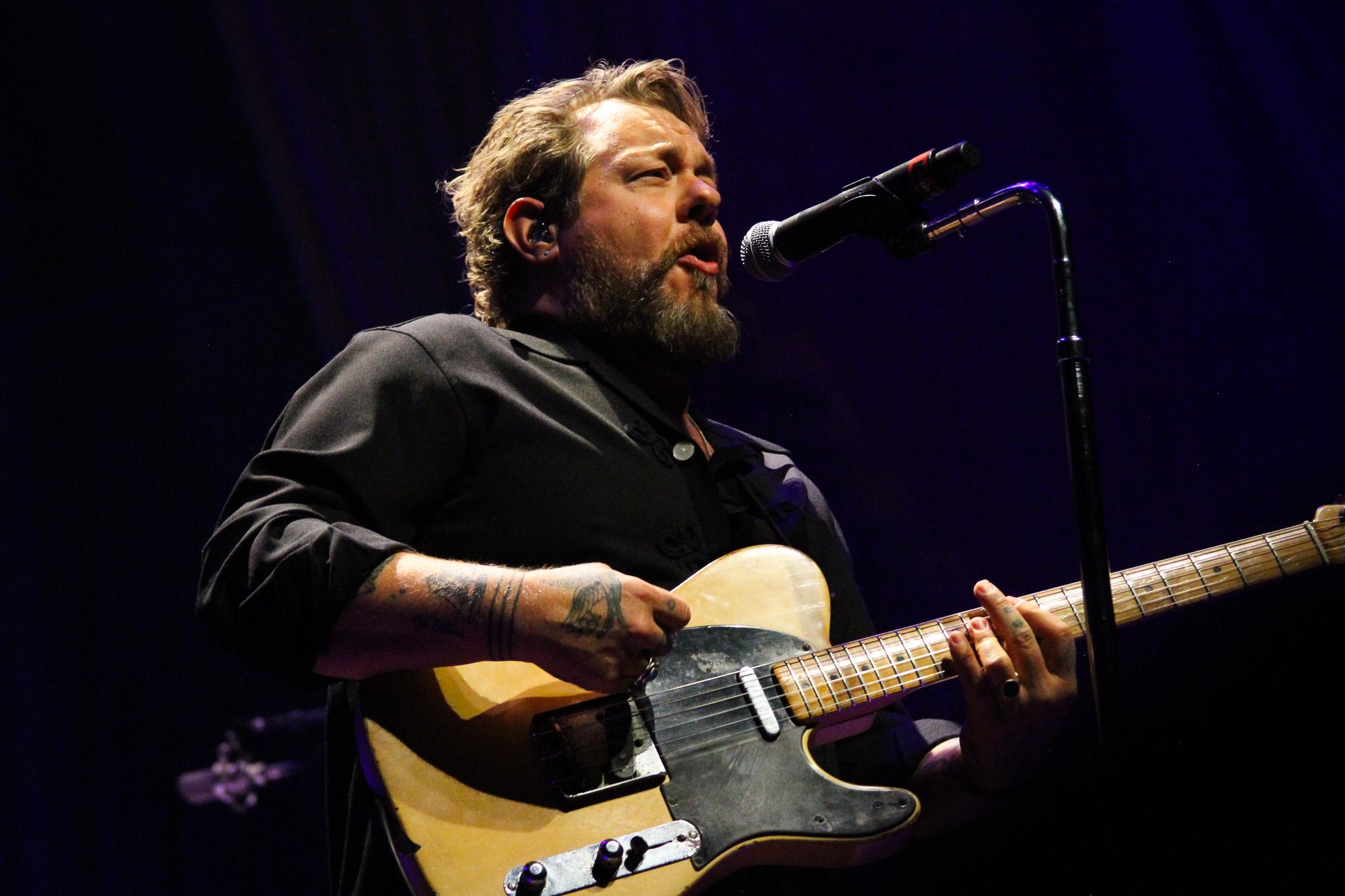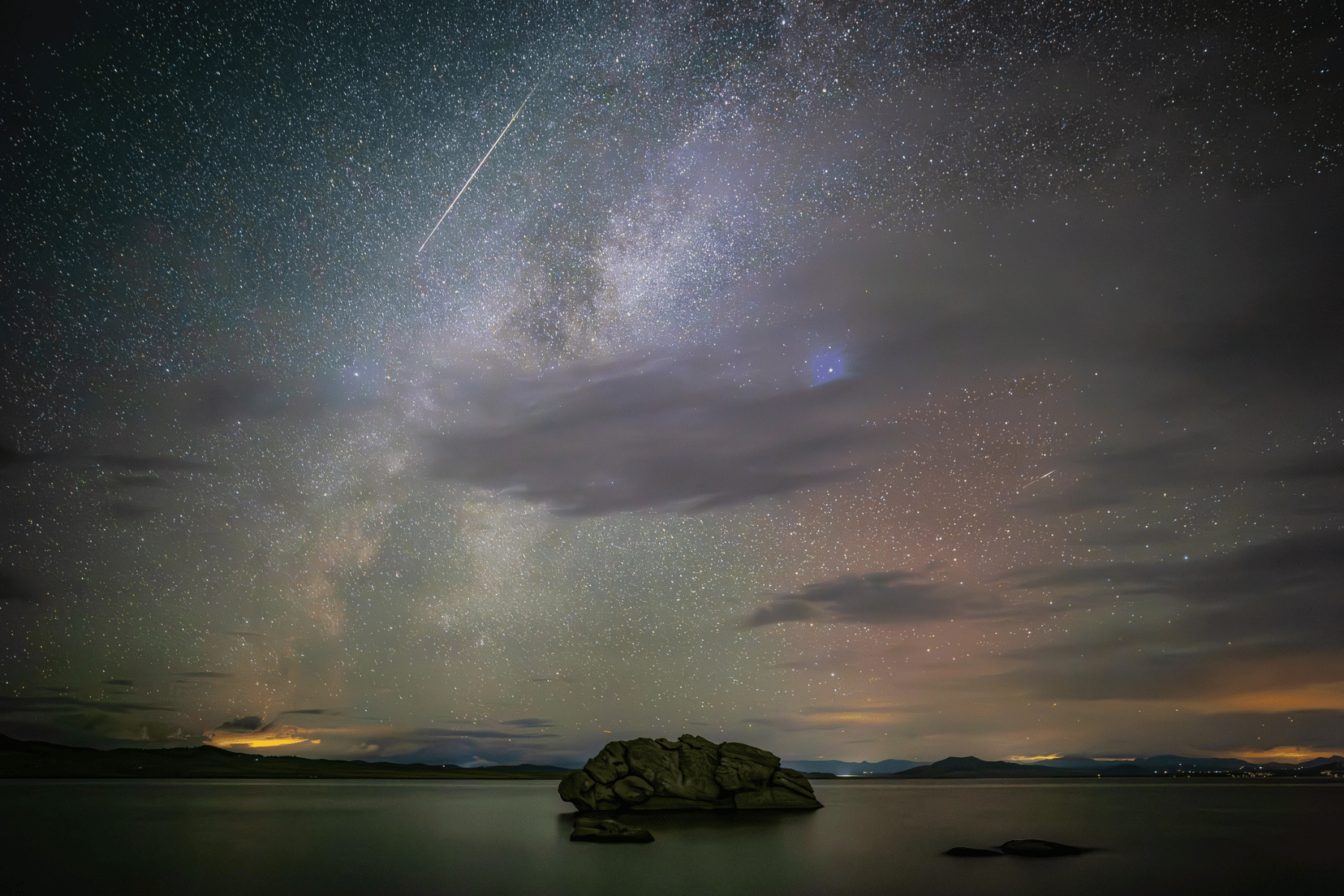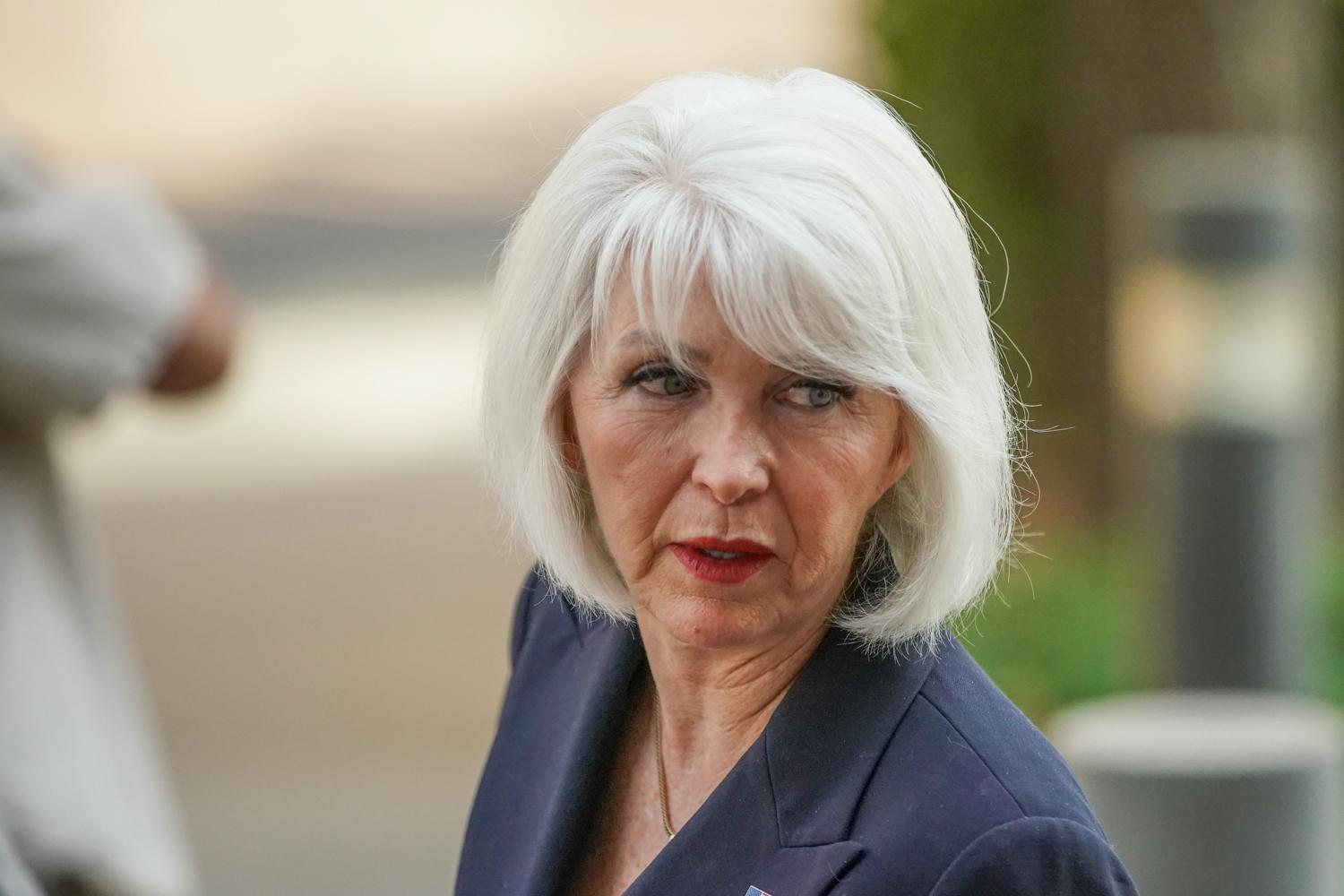
When the last hurricanes as big as Harvey and Irma hit the United States, Twitter hadn't been invented. Fast forward to these last two weeks, when people tweeted from their rooftops in search of help, sent Instagram photos of the damage and posted geographic coordinates of their homes to community Facebook pages in search of information.
It's led some people to dub the hurricanes "social media storms."
The explosion of social media platforms gives disaster victims new ways to report what's happening around them and ask for help if they need it. It's led citizen groups to organize their own relief efforts. And it's forcing traditional emergency responders to plan ahead for the onslaught of information they'll get from residents and how they'll use the platforms to convey their own updates to the public.
A Denver-based consulting firm, Nusura Inc., trains emergency responders around the world to consider social media as they draw up disaster plans. CEO Mark Amann tells Colorado Matters after early skepticism agencies are learning to take advantage of social media -- and cope with its pitfalls.









